Choosing a system size: Why oversizing makes (dollars and) sense for Northern Hemisphere folks – and many others too
The best you can do for your clients and their property, is to help them generate as much power from the sun at every point of the day for the next 20, 25, 30 years. What is the best system size to make that happen?
To oversize or not to oversize… that is the question
Oversizing is one of those terms that people in the solar industry talk about quite a lot, and its apparently a good thing, because it’s supposed to help us take better advantage of our solar PV systems. “Us” being specifically those of us who live in the Northern Hemisphere, and others too.
But what is oversizing? And is it really good for us?
For those of us who know; for those who don’t and are afraid to ask – and for those who never heard of it before, let’s have a conversation about DC oversizing.
System size
Before we talk about oversizing – lets look at the bigger picture: choosing a system size.
When installing a new solar system, one of the first questions raised is: What is the best system size for my rooftop? Or put another way: How many panels should I install? To answer these questions, we need to consider a few parameters:
- The solar system’s power generation potential throughout the year
- What energy generation will look like in the future and the impact your PV system size will have on you and your property
- Your anticipated energy usage in the future
- The size allowance of the local DNO (the people who allow you to connect your PV system to their grid). In most cases, you will require permission to operate an inverter larger than 3.68kW, which can be a good reference number for maximum AC power.
With this in mind, we would expect a recommendation to install panels to match the size of the inverter. Right? Well, not always. Not even usually.
In fact, installing MORE panels on a roof makes sense for many properties, but it makes particular sense for those of us living in the Northern Hemisphere, and even more so for those who live under the shy British sun.
When we install a system that can potentially provide more energy than the inverter can convert, it is called oversizing.
What does it actually mean to oversize your system?
Oversizing means that we have the capacity to produce more DC power in a system than the inverter can effectively turn into AC energy.
On the surface, that would seem counterintuitive. Shouldn’t we aspire to an equal amount of DC power coming as AC power going out? This would be true if panels always produced at their maximum stated output levels. But they don’t. To empower the inverter to produce as much as it can, it actually makes sense to enable more DC capacity than AC.
To really understand this, let’s look at what happens when we oversize a system.
System output diagram
As you know, not all hours are created equally for solar production. There are only a few hours a day that a solar system is producing at its maximum capacity. So, that means all the rest of the hours a system will only produce at x% of the total amount. Just like we can see in the diagram below.
The only time the inverter is producing at its maximum capability can be seen above, at the top of the curve. During the rest of the day, the system produces much less than its maximum capacity, which means that power is being left on the table, or in the sky, so to speak. However, when you oversize a system, it will be able to produce more energy throughout the day, and therefore, reap more energy from each panel, just as we see in the diagram below:
Other reasons panels don’t meet maximum output levels
The listed operating capacity of a panel is defined under ideal laboratory conditions. These are not necessarily replicated out in the field, meaning that on a regular basis, even at peak hours, panels will not necessarily output their stated amounts.
Here is a short list of things that affect panel performance:
- Temperature
- Time of day
- Angle of the sun
- Clouds
- Annual changes in the height of the sun
- Pollen, dirt, bird droppings, algae, lichen, or other types of soiling
In real world conditions, many factors inhibit solar generation performance. By adding extra panels, allowing more DC power to get to the inverter, the overall output over 12 months of the year will be higher.
HOT sunny days are not actually a good thing for solar production
Solar panels are tested when manufactured for their performance at 25°C; when heated by a very hot summer sun, their efficiency is reduced. The increase in temperature above 25°C reduces the performance of the solar panel by the value of the temperature coefficient (a different figure in each solar cell). As an example, if the temperature coefficient is -0.5% and the panel was tested at 25°C, then the output power of the panel will decrease by 0.5% with every degree of temperature increase. If the temperature of the panel reaches 45°C, the maximum output power would be reduced by 20x0.5%=10%.
Northern hemisphere winter and solar production
While the issue of panel temperature means that an array can produce better in the cooler winter sun, the colder months of the year also have fewer daylight hours. The angle of the sun is much lower in the sky which means performance of a PV system will be lower. Again, leading to an inverter that cannot be optimized to run at full capacity.
Those cloudy days
The UK is well known for its weather. In fact, it’s the number one conversation in most households. Cloudy days, put simply, don’t offer the best conditions for solar generation. Solar panels don’t perform nearly as well under clouds as they do in direct sunlight, much like a car driving at 10mph rather than 60mph. In cloudy conditions, oversizing comes into its own. With more potential to generate energy (more panels) you are generating energy at or near your inverter’s capacity, even on cloudy days. Ask yourself, how many cloudy days are there in a year in the UK?
North/South/East/West
Since the sun is in different positions throughout the day, best practices for ensuring maximum power generation would be to create PV arrays with panels facing in different orientations on the property, when possible.
Each orientation will reach its peak at a different point during the day, depending on where the sun is. With oversizing, you will be producing more energy, for more hours during the day getting more out of your PV system. You’re maximising the available roof space and the inverter’s capability.
Enabling the solar PV system to work at a maximum point for longer
For all the above reasons that can impact a system’s ability to produce at peak throughout the day, oversizing enables the solar system to reach the maximum amount that the inverter can handle for more hours during the day. This is significant for homeowners who can reap more energy from their systems, and commercial entities that can slash operational costs. Although oversizing may lead to clipped energy (energy produced and not transformed into AC power) when conditions are pristine and the system reaches its peak production ability, the additional amount that is produced during all the other times far outweighs this amount and leaves the system owner with much more produced energy over the 12 months
DC coupled batteries make oversizing an even better choice
With the advent of the SolarEdge Home Battery, a powerful DC coupled battery that installs seamlessly into a SolarEdge system, we actually are able to save any clipped energy that is produced by an oversized system. The SolarEdge Home Battery performs fewer energy conversions than AC batteries, leading to more energy retained, and even more savings for your client.
So how does it add up? A real example.
Every system is different because there are so many variables. How much sun? How many panels? Geographical location? Orientation on the roof, local shading, weather patterns, how many birds are doing their business on the panels… But here is one, completely ordinary English residential installation as an estimation. The panels are all facing the same way.
Installing 12 panels: 12 x 350w = a 4.2 kWp system. Using a G98 compliant 3.68kW inverter, they are oversizing by 14%. The estimated annual production is 4250kWh.
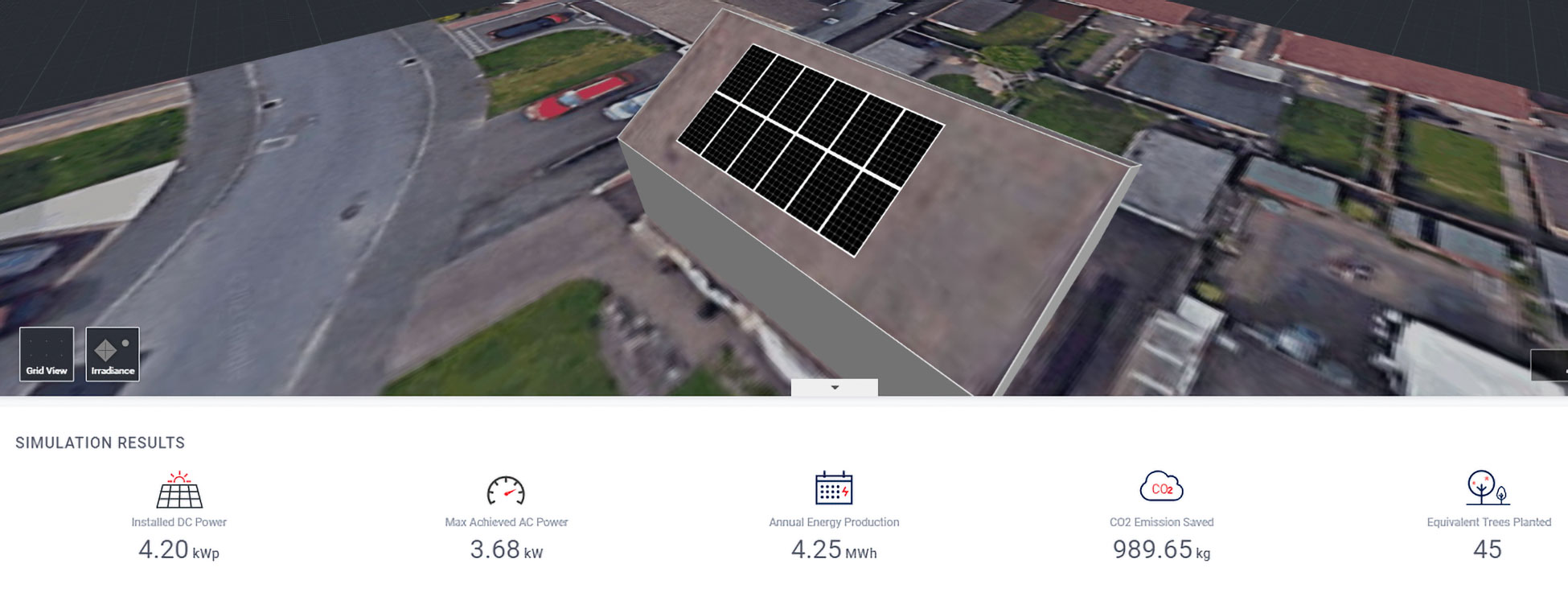
However, if they install 16 panels: 16 x 350w = a 5.6kWp system. With the same G98 compliant 3.68kW inverter, their system will be oversized by 52%. Estimated annual production is 5590kWh.
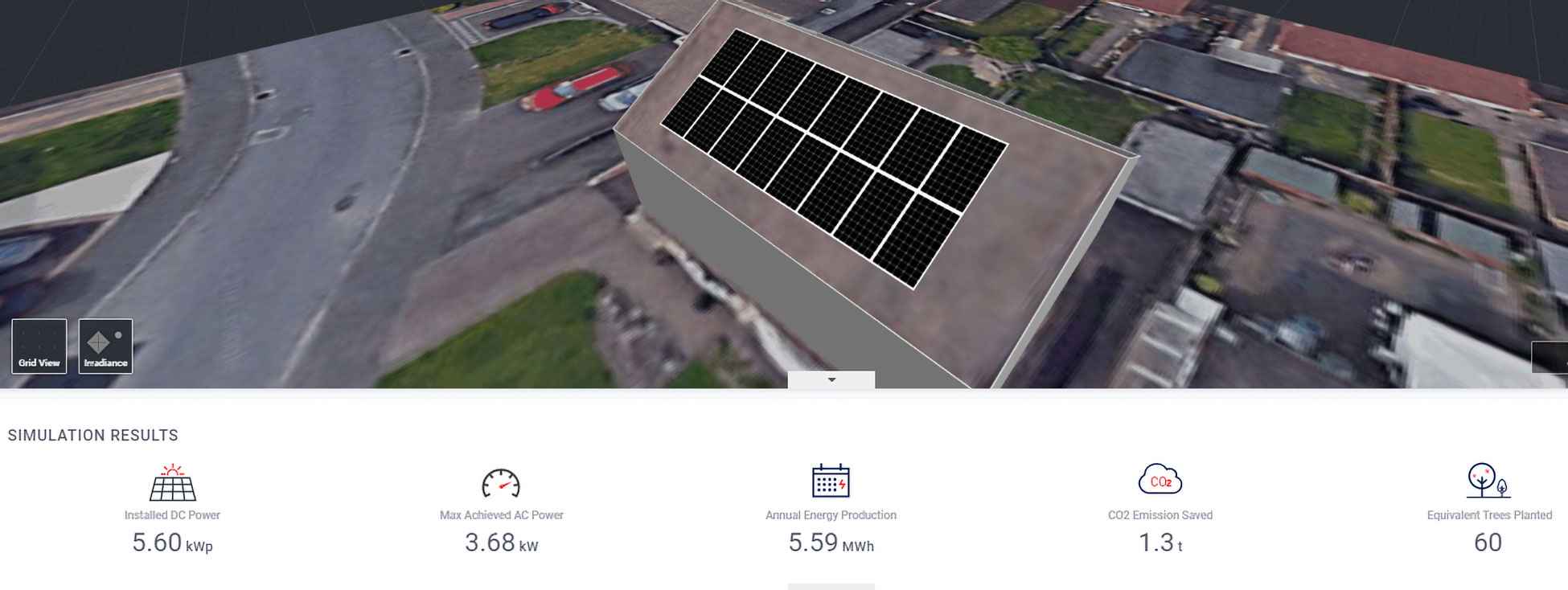
The same inverter was used. We just added 4 solar panels.
This is an increase of about 31% in annual production, a decrease in how much power that family would need to purchase from their energy company and an increase in Co2 emissions saved.
Considering all the reasons that PV systems produce differently throughout the year, it makes sense to make better use of the inverter’s full potential and oversize. As Northern hemisphere dwellers, with a sun that’s lower in the sky when it does make an appearance, oversizing lets us gain more benefit from the available energy.
But we need to choose an inverter with generous oversizing capacity, which not all inverters offer. SolarEdge inverters all allow for oversizing of different amounts. The newest SolarEdge residential inverters allow for 200% oversizing. Click here to learn more about SolarEdge products and services and click through to here to learn about our inverters.
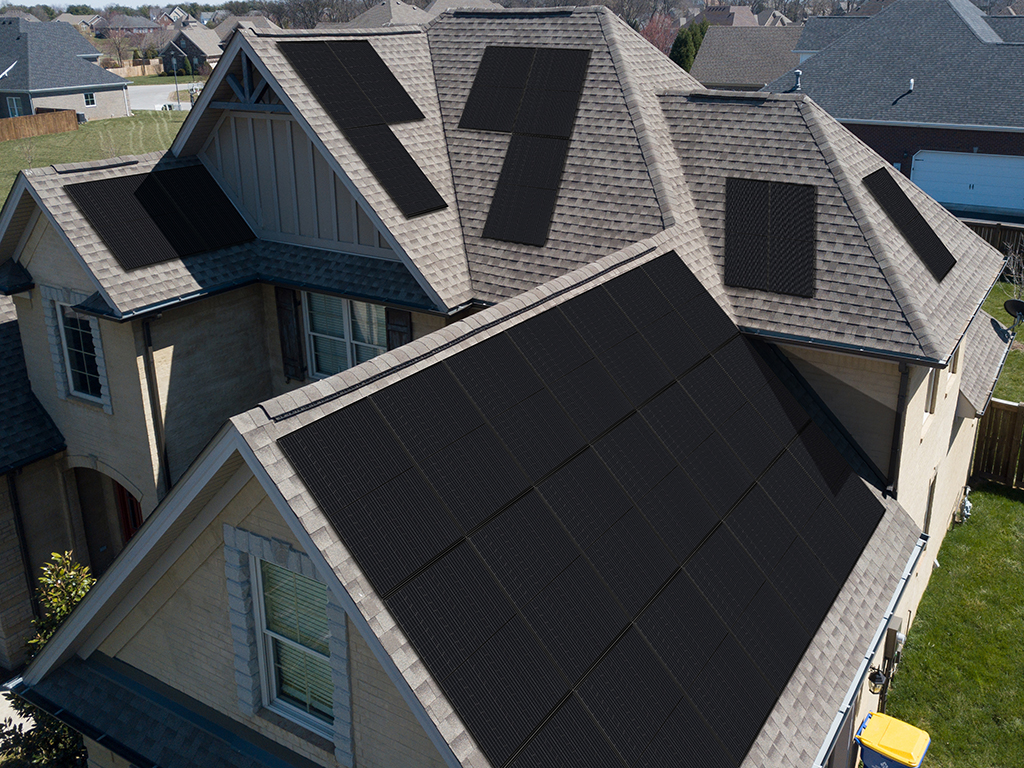





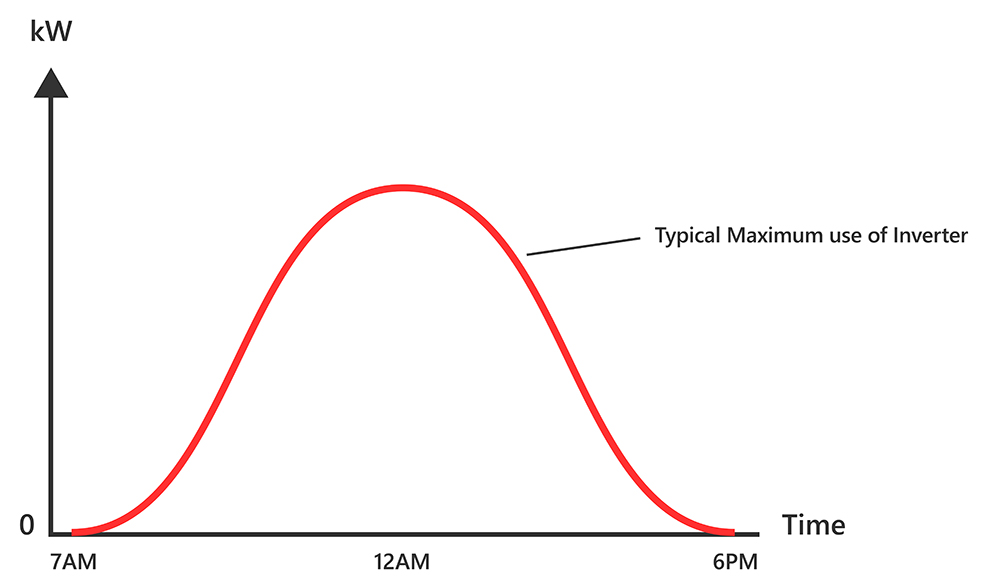
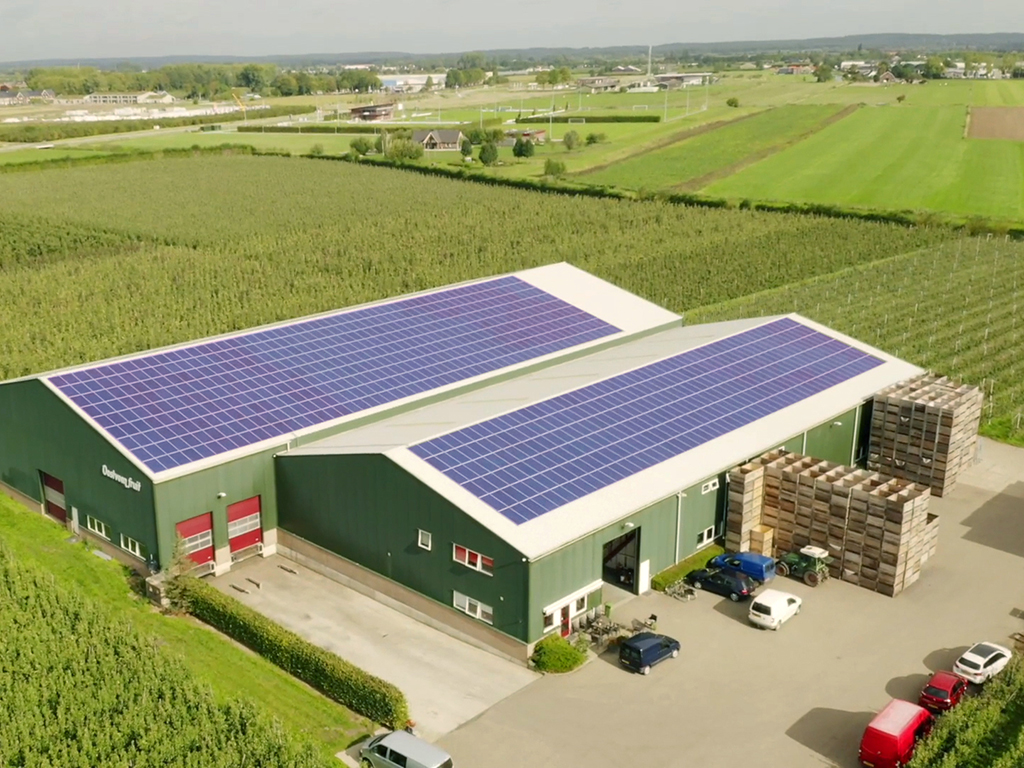
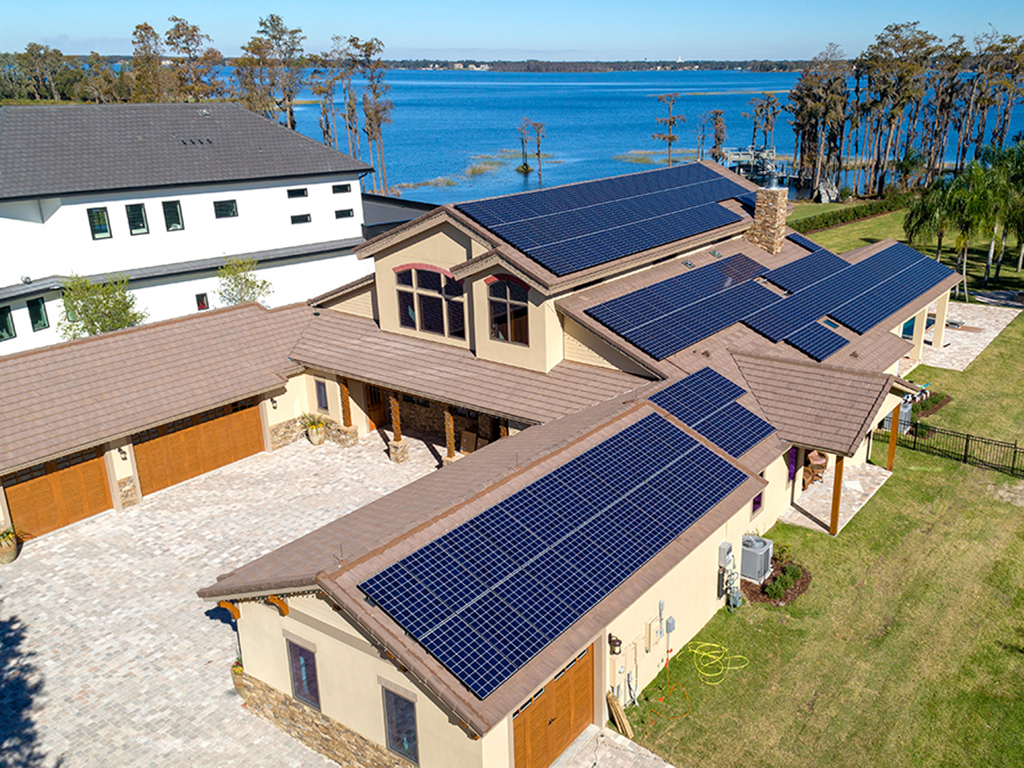
Add new comment
Comments